No blast down Tokyo’s legendary Wangan would be complete without an encounter with the Rainbow Bridge. The 2,618-foot suspension bridge links the city’s Shuto expressway to the Bayshore Route, sites of Tokyo’s storied street racing scenes. On August 26, the famed landmark of the hashiriya celebrates its 30th anniversary.
During the Bubble Era traffic congestion in Tokyo was at an all-time high. Because of the geography of Tokyo Bay, there was no expressway to get from Chiba Prefecture in the east to Kanagawa Prefecture in the southwest without going through the city center and jamming up the Shuto, Tokyo’s beltway. To alleviate traffic at the Hakozaki Junction and connect Tokyo with newly established Odaiba waterfront district, city planners came up with the dramatically styled suspension bridge.
Construction began in January 1987. Pneumatic caissons for the foundations had to be driven into the rock 150 feet below sea level, one of the largest such projects in the world at the time. Each of the two towers measures 413 feet high with a span of 1,870 feet in between. That’s not huge for a suspension bridge, less than a third of the span of the Golden Gate Bridge or the Akashi Kaikyo Bridge in Kobe that was the world’s longest until 2022. But, it was designed to shine like a beacon in Japan’s largest metropolis.
On a rainy August 26, 1993 the Rainbow Bridge opened to the public. The name sounds like part of a Mario Kart level, but it’s actually an informal moniker bestowed by a public competition. Its official name is the less evocative Tokyo Port Connecting Bridge. However, its white towers make ideal backdrops for colorful lighting ceremonies that take place on special occasions, lending some credence to its nickname.
The bridge expanded the routes on which street racers could Tokyo’s expressways continuously without paying the notoriously expensive tolls each time. The straight-line stretch between towers basically invited pedal-to-the-metal speed challenges, and the tight 360-degree corkscrew ramp on the Shibaura side was practically designed to extract maximum g-forces. Contests to see who could make the loops in the shortest time possible flourished. Because they would drive the same loop all night, they became known as the “roulette tribe”.
However, one didn’t have to be an antisocial outlaw to enjoy a drive along the Rainbow Bridge. With a new connector between the city center and the reclaimed land in Tokyo Bay known as Odaiba, the latter thrived, becoming a popular shopping and entertainment district that would house points of interest like the Tokyo Big Sight convention center (home of the Tokyo Motor Show), the giant Gundam in front of Diver City, and Toyota’s MegaWeb showroom.
By day, a jaunt over the bridge offered beautiful views of the sea, while descending into Odaiba by night afforded a dazzling light show from an array of illuminated structures like the Fuji TV headquarters and the Daikanransha. Even if you can’t drive, there’s a Rainbow Promenade walkway that lets pedestrians and cyclists cross the bridge, or you can always take the Yurikamome train that follows the same path.
Approximately 50,000 vehicles cross the Rainbow Bridge each day. By some estimates, its opening reduced traffic on the Shuto by over 20 percent. The structure has also been immortalized in numerous films, anime, and games, like Cars 2, a number of Godzilla movies, Wangan Midnight, and Tokyo Xtreme Racer.
In recent years police have been cracking down on speeders across the Rainbow Bridge, especially in the coronavirus shutdown during which street racing activity increased. The glory days might be coming to a close, but the Rainbow Bridge will be forever linked with an era of unstoppable tuning houses and mythical tales of underground rivalries. It stood as a backdrop while Civics, Supras, Savannas, and Skylines became legends, and it will forever be part of Japan’s car culture.
All week the Tokyo Metropolitan Expressway Company has been lighting up the Rainbow Bridge in different colors to celebrate its 30th birthday. A real-time view of the festivities can be seen in the livestream below.
Images: Tokyo Metropolitan Expressway Co.


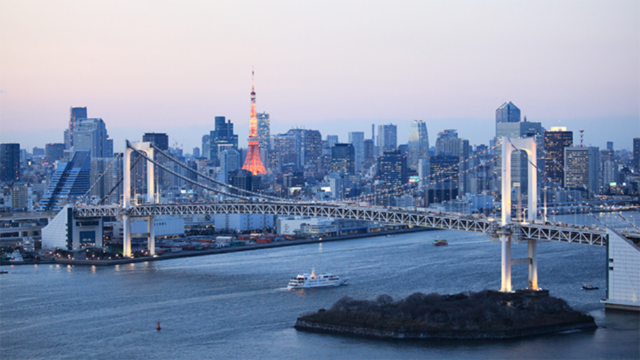
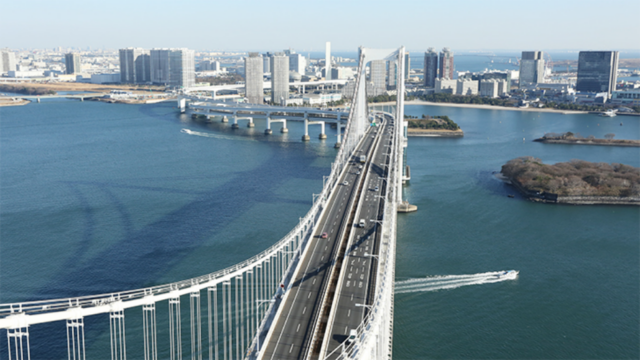
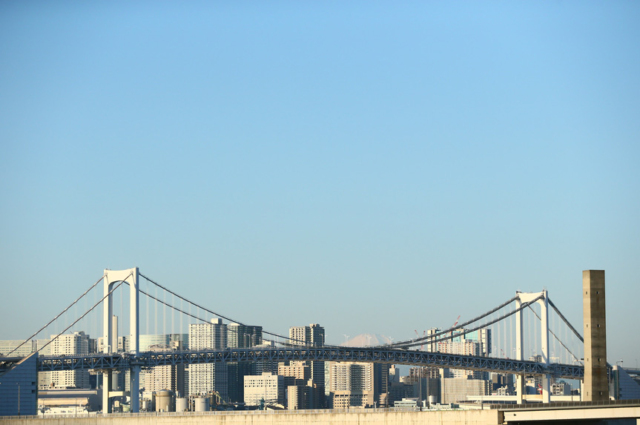
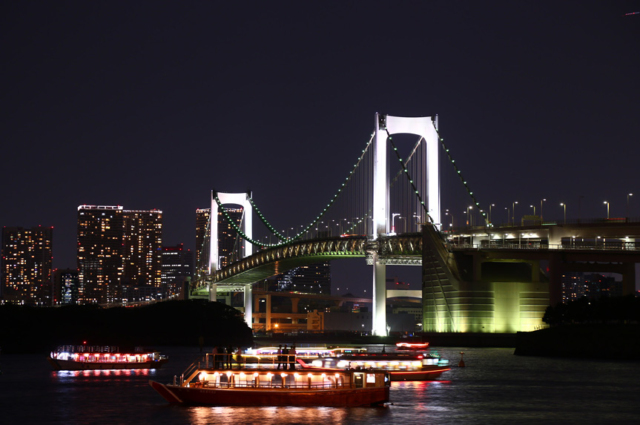
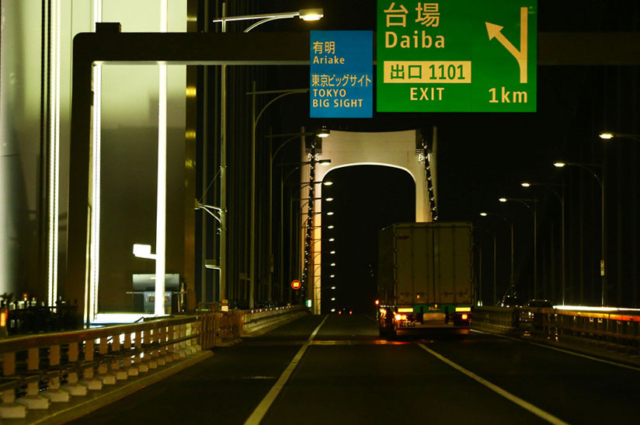
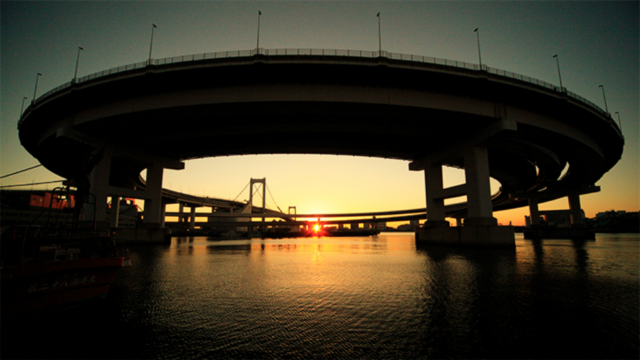
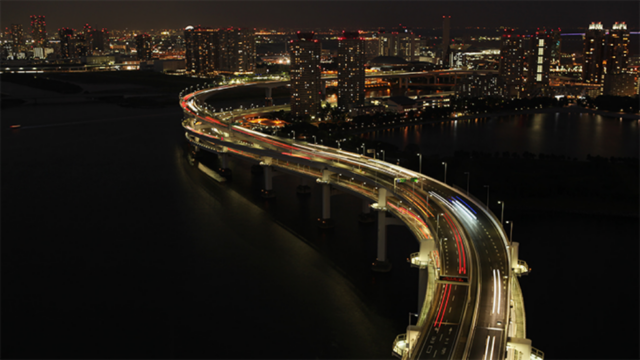
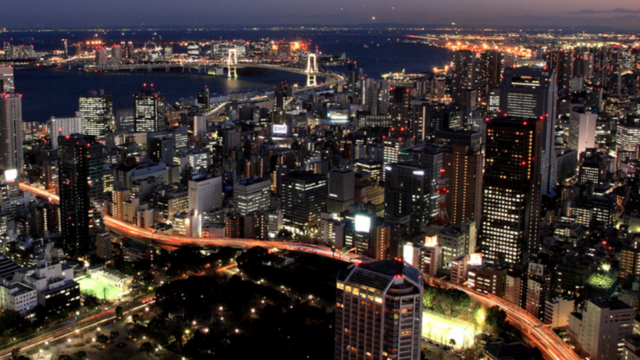
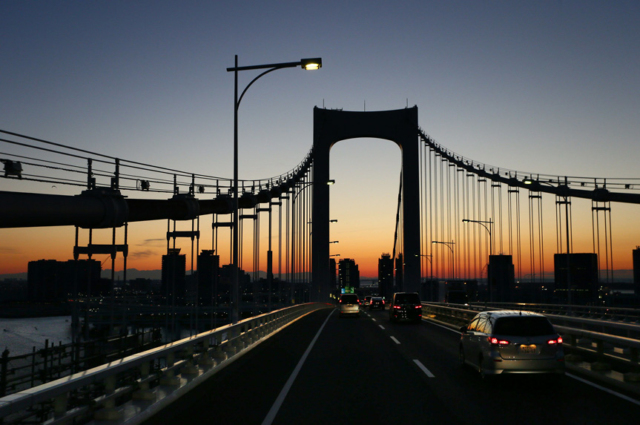
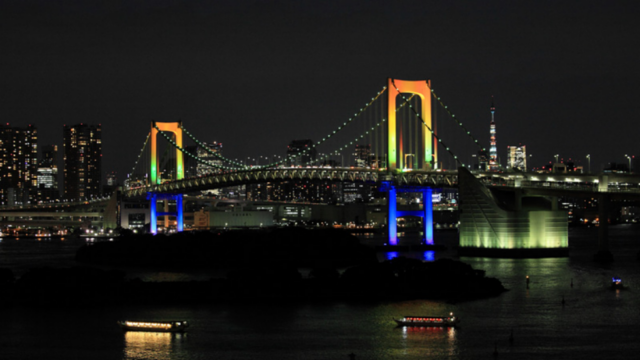




Time to take the cover off the R33 and go for a Midnight Run.
What a great read man!
my 1st trip to Japan in 2001, Daikoku Futo, Rainbow Bridge, Yokohama’s Cosmo Clock and Landmark Tower were so ingrained in my “I must go there”.
While I lost most of my stuff from 2001 (computer crashed with all my stuff)
I do have a few pix from that trip that was awesome.
From Landmark Tower
https://www.f31club.com/wp-content/uploads/2017/04/y17.jpg
https://www.f31club.com/wp-content/uploads/2017/04/y13.jpg
I’ve driven across that beautiful span several times, but the three I remember best are:
– The first time.
– In a Toyota Sports 800.
– In a superbly mint and completely stock R32 GT-R.
Still think it’s beautiful, whether seeing it in person or in an old episode of You’re Under Arrest.